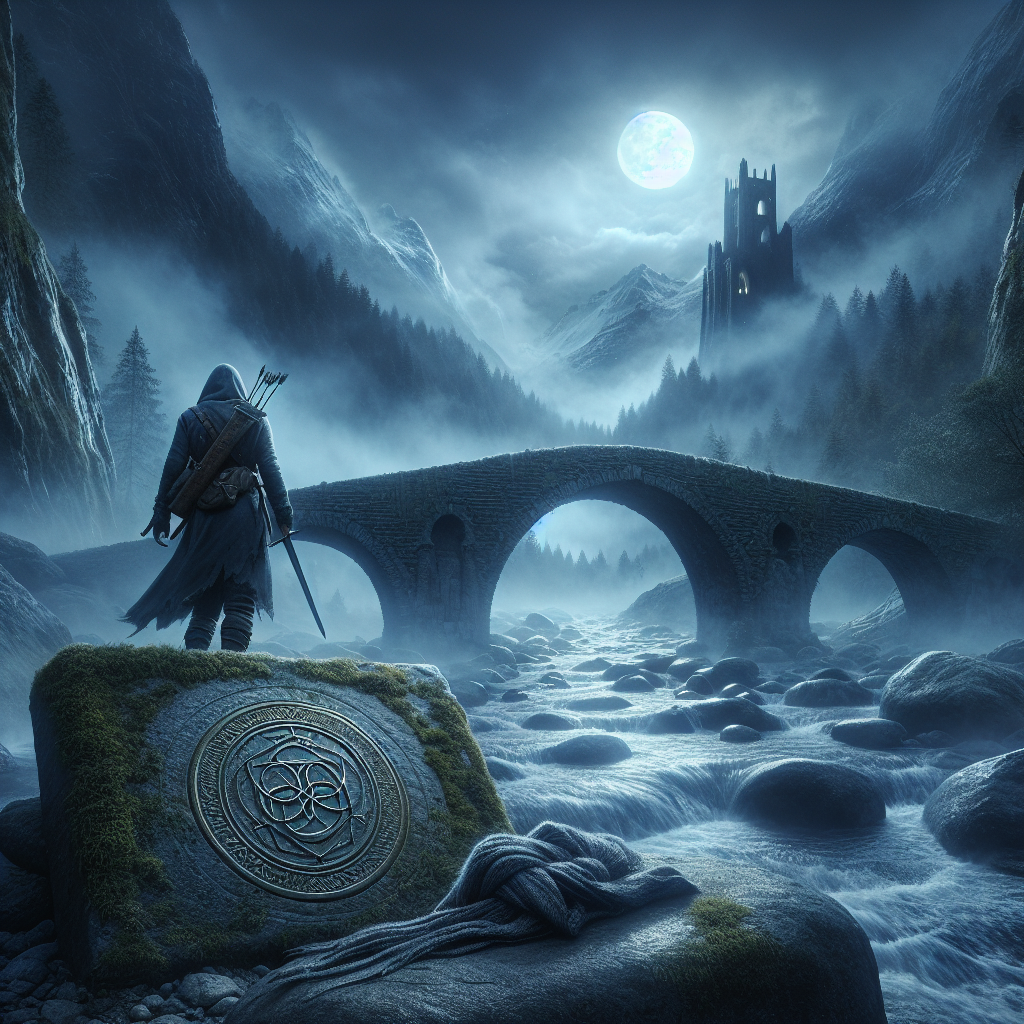
Rock ’n’ roll’s rise traced a jagged line through clubs, airwaves, and festival fields, and few moments crystallized its promise and tension like Jimi Hendrix with a Fender Stratocaster at Woodstock in 1969. The solid-body Strat, born in Leo Fender’s California workshop, met an artist who could turn circuitry and steel into a civic argument. When Hendrix reimagined the Star-Spangled Banner amid feedback and whammy-bar dives, he fused virtuosity with the roar of a nation in flux, and a genre grew up in public. That performance, carried by film and myth, showed how an accessible, mass-produced instrument could become an engine of participation, even as gatekeepers and markets narrowed who got heard. Through Hendrix’s hands and the Strat’s design, rock ’n’ roll announced itself as a people’s music and exposed the pitfalls that follow when a democracy argues with itself at full volume.
Examining Hendrix and the Stratocaster illuminated how democratic culture celebrated louder, broader participation while repeatedly empowering a few gatekeepers. Radio playlists, television bookings, and record-label rosters decided who could enter the conversation, and rock’s earliest years showed how quickly the majority’s taste could drown out minority innovators. The electric guitar promised access by sheer volume, yet the same mass media that amplified it also filtered it. Hendrix’s ascent and Woodstock’s spotlight made a case for art as popular speech, even as they revealed how institutions choreographed what most citizens actually heard.
The Fender Stratocaster mattered because its 1954 design encouraged voices that old hollow-body guitars could not carry into bigger rooms. Its three single-coil pickups, synchronized vibrato, and contoured double cutaway made sustained notes, microtonal bends, and stage movement practical at modern volumes. Early champions such as Buddy Holly and Hank Marvin showed that a gleaming Strat on national stages could be both futuristic and familiar. With every broadcast and tour, the instrument widened the public square of sound while exposing how distribution decided which tones became part of the canon.
Hendrix’s path threaded through the industry’s bottlenecks and its opportunities. He worked as a sideman for artists including the Isley Brothers and Little Richard before moving to London in 1966, where Chas Chandler helped assemble the Jimi Hendrix Experience. He chose the Stratocaster, often flipped left-handed, because its controls and vibrato system rewarded his touch, from chordal washes to incendiary leads. Each club date and television appearance showed how a single player, armed with a mass-market guitar, could claim space within a system that otherwise favored safer bets.
The defining moment arrived at Woodstock on August 18, 1969, when Hendrix led a reconfigured band he called Gypsy Sun and Rainbows. Playing a white Stratocaster through loud amplifiers and effects, he stretched the Star-Spangled Banner into a montage of sirens, squeals, and silence, quoting the melody while painting the battlefield many Americans saw on the evening news. In interviews he described the piece as a form of beauty rather than a partisan statement, but the crowd and later audiences recognized a national conversation unfolding on six strings. The performance became proof that a guitar solo could function like a town hall: imperfect, contested, and undeniably public.
Mass media transformed that morning’s sound into a shared memory, and here a democratic pitfall came into focus. The Woodstock film and soundtrack elevated selected moments—Hendrix among them—while hundreds of other performances faded to footnotes, illustrating how editorial choices shape civic memory. The myth of a single, epochal solo overshadowed the collective labor of stage crews, lesser-known bands, and regional scenes that sustained rock’s rise. A few frames of celluloid ended up defining what millions believed rock ’n’ roll had been, narrowing the lesson even as it spread the legend.
The Stratocaster’s symbolism also cut both ways. As a relatively affordable, standardized instrument, it let countless players join the conversation, tinker with pickups, and forge distinct identities, from surf clang to psychedelic haze. Yet the broader industry often rewarded familiar faces and safer narratives, a pattern visible since the 1950s when cover versions by white pop singers eclipsed the chart impact of Black pioneers. Rock ’n’ roll thus grew by borrowing and blending while exposing how a democracy’s majority culture could monetize innovations born at its margins.
Hendrix’s legacy and the Strat’s ubiquity showed that technical design could nurture civic expression by lowering barriers to entry and rewarding originality. The same feedback loops that defined his tone offered a metaphor for culture itself: ideas fed into public space, came back louder, and demanded refinement. When festivals operated as temporary cities and bands as deliberating councils, audiences witnessed participatory culture at work—messy, improvisational, and occasionally transcendent. The risks remained clear: without transparency, concentrated ownership and taste-making institutions could reduce a chorus to a slogan.
Even so, the arc that ran from Fender’s workbench to the Woodstock stage offered a hopeful reading. A widely available instrument met a musician who stretched it to the edge of its design, and together they mapped the promise and hazards of shared power. Rock ’n’ roll matured when Hendrix used a Stratocaster to turn private emotion into public address and invited listeners to hear their era with new ears. The lesson endured: build tools that welcome participation, protect the space to dissent, and remember that the loudest moment only matters if more voices can follow.






































